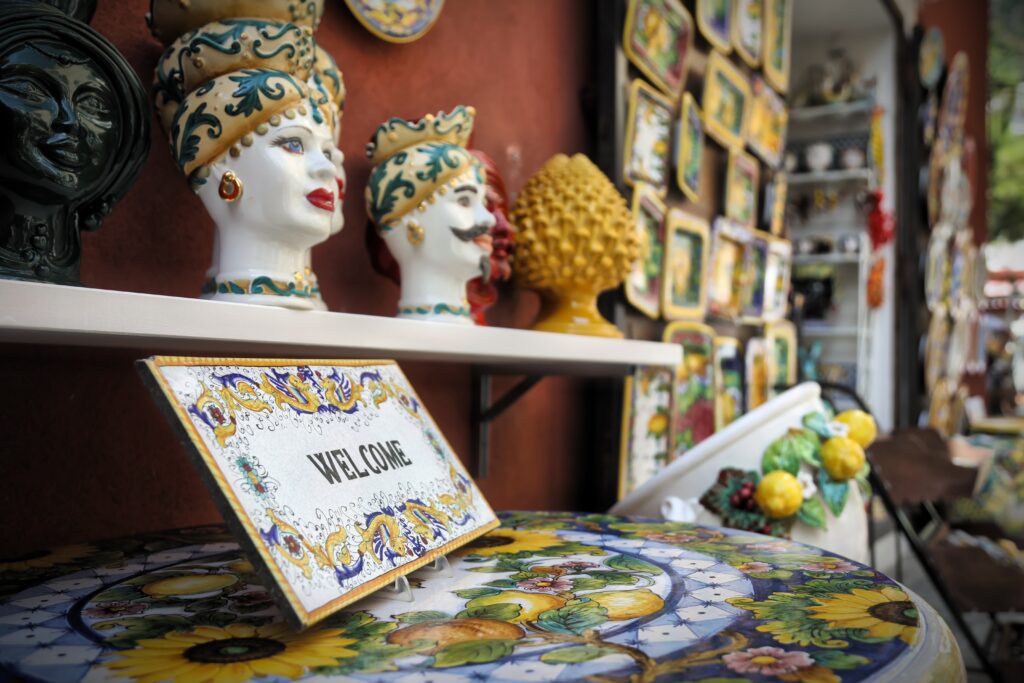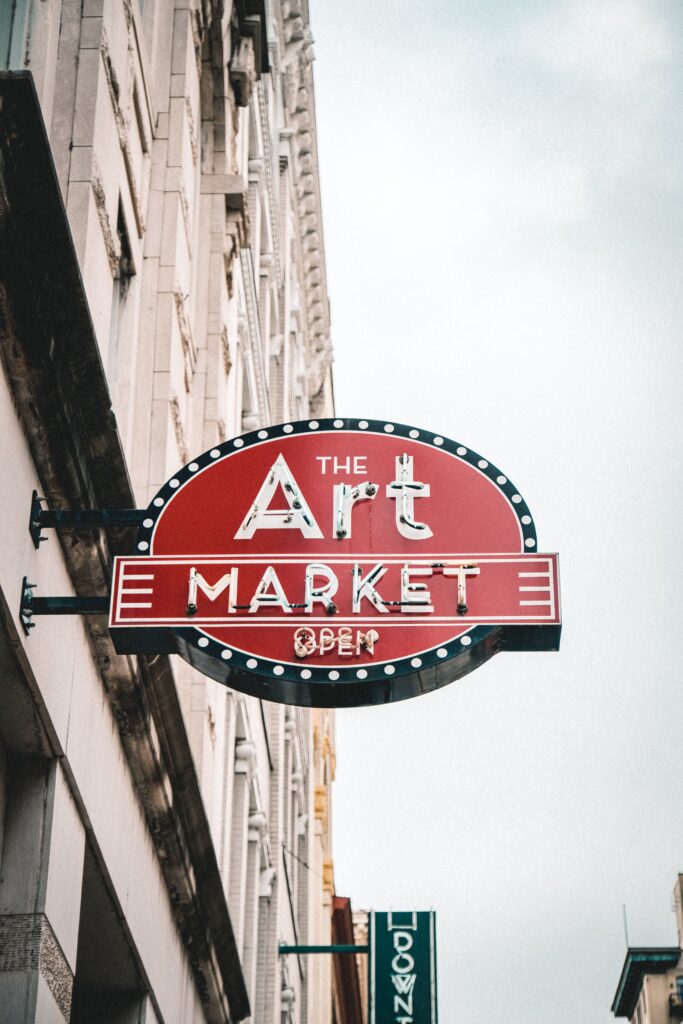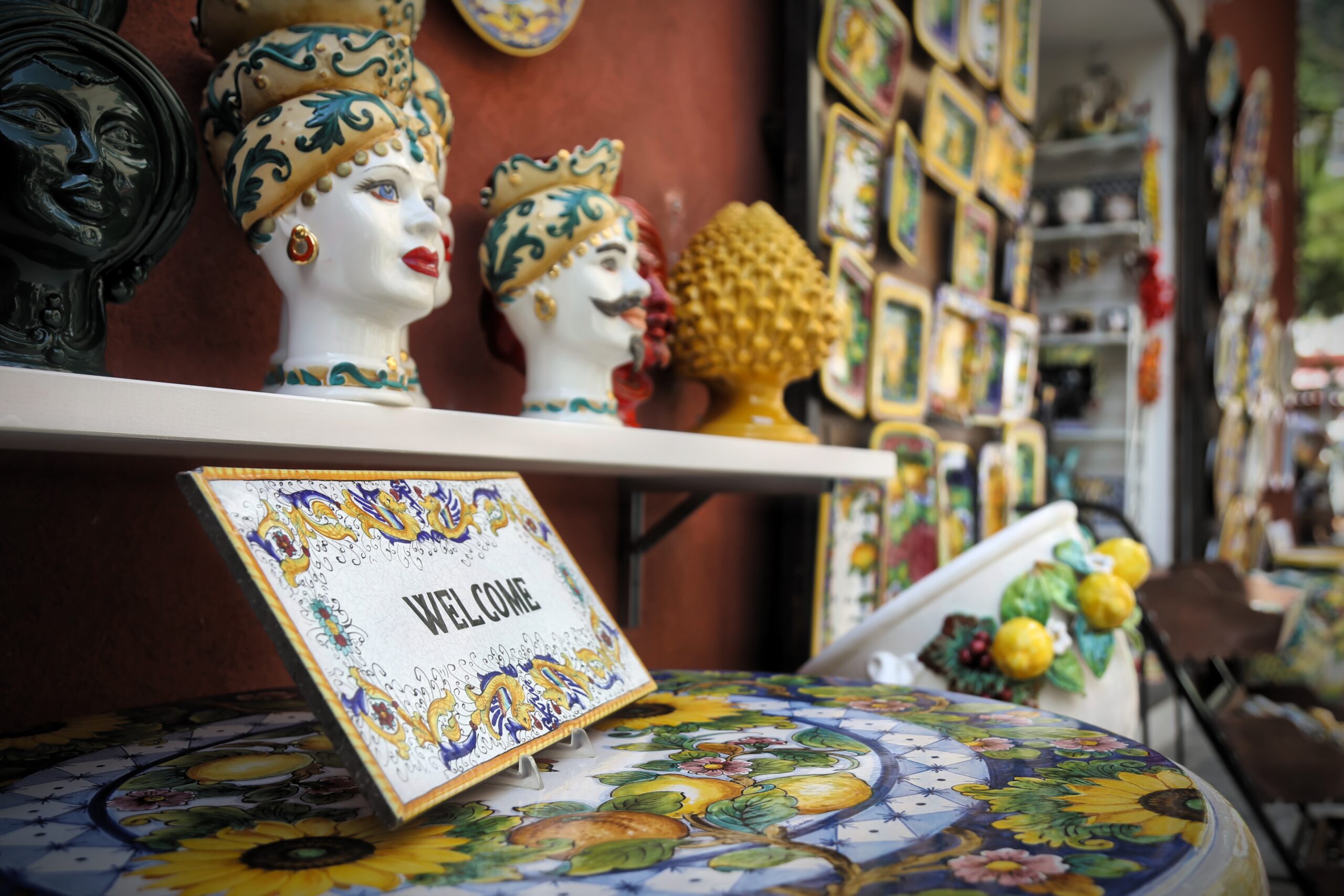In the midst of growing concerns about the possibility of a new war affecting the global economy, the upcoming auctions in New York will test the prevailing belief that the art market is heading towards a downturn. The major auction houses are taking cautious measures, such as offering attractive guarantees to sellers and pricing their top items more conservatively, after the spring season revealed weaknesses in the $60 billion art market. Auctioneers are scouring private collections for unique paintings that can generate buzz and anticipation among buyers. However, the availability of estates to draw from is declining, prompting auction houses to explore new strategies to secure valuable artworks. Despite claims of finding masterpieces at every turn, art advisers and market experts have noticed a lack of outstanding inventory and a shift in buyer focus. As uncertainty looms over the potential impact of global conflicts, auctioneers are preparing for the possibility of the market experiencing significant changes.

Market Uncertainty
Rumors of a new war causing concern
The art market, valued at around $60 billion, faces uncertainty amidst rumors of a new war that could potentially threaten the global economy. These rumors have created concern among both buyers and sellers in the art world, leading to speculation about the potential impact on the market.
Impact on the art market
The potential for a new war has raised questions about the stability of the art market. In times of uncertainty, investors often turn to more stable assets, such as gold or real estate, causing a decline in demand for artwork. This decline in demand could result in lower prices and slower sales, impacting both artists and auction houses.
Predictions for the future
While it is difficult to predict the exact outcomes of market uncertainty, some experts believe that the art market may experience a downturn. The potential for a new war, coupled with an already dwindling supply of high-quality art pieces, could further exacerbate the market’s challenges. However, other experts remain optimistic, suggesting that the art market has historically shown resilience in times of crisis.
Auction Houses and Guarantees
Auction houses offering guarantees to secure works
To mitigate the uncertainty in the market, auction houses are offering guarantees to sellers to secure their works. These guarantees serve as a minimum price guaranteed to the seller, providing them with a sense of financial security. By offering such guarantees, auction houses aim to incentivize sellers to consign their artworks for auction.
Importance of guarantees for buyers
Guarantees also play a vital role for buyers in the art market. They provide buyers with confidence that the artwork they are bidding on has a minimum value, reducing the risk associated with their purchase. This increased confidence can result in higher bidding activity and more significant sales.
Effects on the market
The offering of guarantees by auction houses can have both positive and negative effects on the art market. On one hand, guarantees can attract high-quality artworks to the market, increasing buyer interest and driving up prices. On the other hand, the prevalence of guarantees may create an artificial market, leading to inflated prices and potential buyer skepticism.

Paintings and Collections
Digging deeper into private collections
Given the thin availability of estates to draw from, auction houses are digging deeper into private collections to source artworks for sale. By reaching out to individual collectors, auction houses aim to acquire unique and sought-after paintings that can generate buzz and increase buyer participation.
Thin availability of estates
Traditionally, auction houses have relied on estates to provide a consistent supply of artworks for sale. However, recent trends have shown a thinning availability of estates, primarily driven by fewer deaths and divorces. This decrease in estate availability has prompted auction houses to explore alternative sources for obtaining high-quality artworks.
Highlights of upcoming sales
Despite the challenges posed by limited estate availability, auction houses have managed to curate impressive collections for upcoming sales. These collections feature notable pieces by renowned artists such as Joan Mitchell, Claude Monet, and Francis Bacon. By highlighting these artworks, auction houses hope to attract buyer interest and drive successful sales.
Sotheby’s vs. Christie’s
Competition between the two auction houses
Sotheby’s and Christie’s, two of the most prominent auction houses, are competing for market dominance in the art industry. Both auction houses are vying for the consignment of high-profile collections to attract buyers and generate substantial sales.
Lost opportunities and successful acquisitions
In the competitive landscape of the art market, both Sotheby’s and Christie’s have experienced lost opportunities and successful acquisitions. While Christie’s managed to secure artworks from individual collectors, including paintings by Joan Mitchell, Claude Monet, and Francis Bacon, Sotheby’s secured a significant coup by presenting 31 artworks from the estate of Emily Fisher Landau. This collection, estimated at over $400 million, includes a highly valuable Picasso painting.

Lack of Stellar Inventory
Notable lack of high-quality art pieces
One of the challenges currently faced by the art market is the lack of high-quality art pieces available for sale. This scarcity of exceptional artworks limits buyer options and can result in reduced buyer confidence and focus.
Effects on buyer focus and confidence
When the art market lacks stellar inventory, buyers may become more selective in their purchases. They may hesitate to invest in artworks that do not meet their desired standards of quality and value. This reduced buyer focus and confidence can have a cascading effect on the market, leading to slower sales and potentially lower prices.
Recalibration in the Market
Market softening after peak in 2021
Experts in the art market have observed a recalibration after the peak seen in 2021. Following a surge in sales and prices, the market has softened, with signs of decreased bidding activities.
Signs of decline in spring auction season
The spring auction season in May revealed signs of decline, with paintings by artists such as Jasper Johns failing to reach their low estimates. Withdrawal of paintings before auctions further indicated a lack of confidence in the market or inflated prices.
Impact on bidding activities
The recalibration in the market and decreased buyer confidence have resulted in a noticeable impact on bidding activities. Buyers may be more cautious with their bids, leading to less aggressive bidding and potentially lower final sale prices.
Celebrity Auctions
Attracting crowds with consignments from well-known individuals
Celebrity auctions have gained popularity in recent times, attracting crowds and generating significant sales. Auction houses organize these events by consigning artworks and mementos from well-known individuals such as Barbara Walters and Freddie Mercury.
Effects on market confidence
Celebrity auctions can have a positive effect on market confidence. The association of famous individuals with the art market and their willingness to consign valuable items creates an atmosphere of excitement and trust among buyers.
Importance of Guarantees
Increasing importance of guarantees for auction houses and buyers
Guarantees have become increasingly important for both auction houses and buyers in the art market. Auction houses rely on guarantees to secure valuable artworks for sale, ensuring a minimum price for sellers. Buyers, on the other hand, view guarantees as a sign of confidence and are more likely to participate in bidding when guarantees are offered.
Effectiveness in coaxing high-value properties into the market
Guarantees play a crucial role in coaxing high-value properties into the art market. When sellers are guaranteed a minimum price, they are more inclined to consign their valuable artworks for auction, increasing the overall supply and diversifying the market.
The Triton Collection Foundation
Phillips auctioning artworks from the collection
Phillips auction house is set to auction artworks from the Triton Collection Foundation, which includes pieces by renowned artists such as Fernand Léger and Pablo Picasso. This auction provides an opportunity for collectors to acquire artworks from an esteemed collection.
Guarantees and estimated value
The entire Triton Collection has a high estimate of $100 million and is guaranteed by Phillips. This guarantee provides both the auction house and potential buyers with confidence in the collection’s value.
Speculation in the ultracontemporary market
The ultracontemporary market, known for its speculative nature, has exhibited signs of a more measured approach. Over the past few years, the market witnessed rapid price increases for young artists, but the pace has slowed down recently, indicating a shift towards more reasonable valuations.
Closing Remarks
Potential impact of global conflicts on the art market
The potential for global conflicts, particularly in Europe and the Middle East, raises concerns about the future of the art market. In times of uncertainty, buyers may be less active and reluctant to invest in luxury items such as artworks. The impact of these conflicts on the art market remains uncertain but should be closely monitored.
Managing expectations in uncertain times
In the face of market uncertainty, it is crucial for all stakeholders in the art market to manage their expectations. Auction houses, sellers, and buyers should carefully assess the potential risks and opportunities presented by the current market conditions. By staying informed and making informed decisions, the art market can navigate through uncertain times and continue to thrive.

